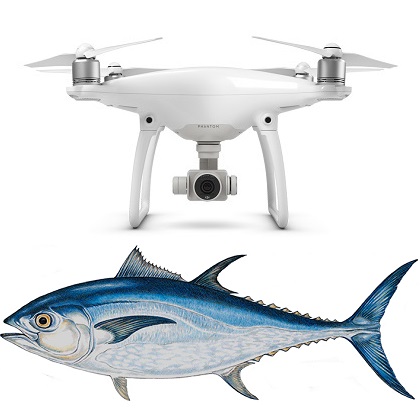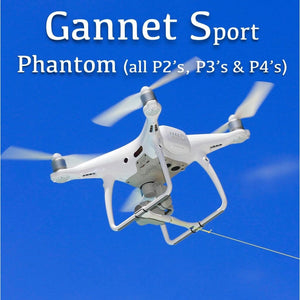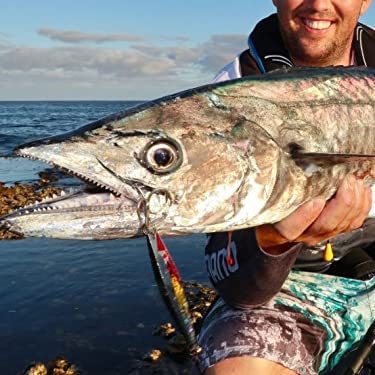
This article will cover the basics of a drone fishing device. We'll also cover what you need to be aware of when choosing your drone and how it will perform over time. Then we'll show you how to get more out of your drone. Read on for some tips and tricks. You'll soon own the drone you desire! Let's begin !..., and maybe even catch a few fish.
Basic drone fishing rig
When you are ready to start drone fishing, the first thing you need is a good set of hooks. The fishing line should be doubled and should be mono or braid. You should tie a Uni knot or Cat's Paw Loop to it. You will need a sinker that weighs between 2 and 8 ounces as well as hooks to attach to the second section. You will also need to attach the end loop and snap swivel lead loops to your drone.
There are many ways you can create a fishing drone. Attaching a hook and spinning the drone until the line releases is a basic way. You can also use a dropper or drop line to keep the fishing line down below the drone. Droppers are a way to keep the main line from getting caught up in propellers. Accessories such as docks and batteries can be added to fishing drones.
After you have purchased the drone fishing rig you will need additional equipment. You will need a long fishing line (about 700 meters), as well as a bait-dropping device. These are optional accessories, but they can make your drone fishing adventure more enjoyable. A drone will give you a clearer look of your surroundings so you can spot fish better.

Payload for drone fishing rig
You need to know the safety precautions that must be taken if you plan to catch a fish with a drone. Strong winds and rain are not safe conditions for your drone to fly. Here are some suggestions:
First, ensure your drone has a strong carrying capacity. You can't load it with heavy lures, braided or heavy line. If you are fishing near the seaside, wind can blow the drone off course. It is also important that you check your local laws and regulations, as some may not allow the use of drones for fishing. After you have decided to go fishing with your drone, it is important to make sure that the drone has enough carrying capacity.
The next step is to determine which accessories you'll need to mount on your drone. A good rule of thumb is to use a rigging system that has a central attachment point to reduce weight distribution problems. The motor struts and landing gear are the best points for attachment. Payloads attached to the camera and/or gimbal can cause damage. A simple solution is to tie a length of fishing line from one corner to the other. This can be secured with tape to prevent it from falling out.
Battery life of drone fishing rig
Make sure you check your batteries before you go fishing with your drone. This will keep your drone's battery charged and allow you to fish instead of worrying about charging it. Some drones have solar panels or car batteries that allow you to charge them. It is a good idea to start with fully charged batteries. This will make sure your drone is ready when you arrive at your fishing spot.

A drone's flight times are another important consideration. Although some drones have longer flight times, others can fly for as little as twenty-two seconds. This is great if you're looking to spend hours on the water with your drone. Be aware, however, that a drone with limited endurance may not be able to fly and make it virtually impossible to catch fish.
Once you have set up your fishing rig, attach your fishing line clip to the legs of the drone, or to the motor struts. Next, attach the bait line to the fishing line. Lock the reel when you are ready for the drone to fly. When you take the line out, tension builds and the drone drops the bait in the water. Remember to charge the battery after every use, or it may not work properly.
FAQ
How can I keep drones off my property?
Drones are becoming more popular for home security and surveillance. If you want drone attacks to be avoided, you can install motion sensors all around your property. These sensors will detect any flying objects that are not authorized.
Flying with a drone?
Drones are becoming more and more popular for personal and professional use. They are used to film, fly, map, rescue and search and rescue. New regulations were approved by the FAA, which includes requirements for registration, licensing pilot training and insurance. These changes will ensure that drones continue to be safe for all.
Which US states allow drones?
You can legally operate a drone for hobby purposes. The Federal Aviation Administration (FAA) has set up guidelines that allow people to use small unmanned aircraft systems (UASs). Before they can be flown, these UASs need to be registered with FAA. If certain conditions are met, the FAA allows commercial operators to fly these UASs.
Is it possible to fly a drone at high altitudes without a license?
The FAA has no limit on how high you can fly a drone. The FAA does require you to register unmanned aircraft systems (UAS), which include the registration number of your model, weight and size, serial numbers, manufacturer's names, date manufactured and other information.
Can I fly my drone indoors?
Yes, you can fly your drone indoors. Your home should be free from obstacles and hazards. For instance, avoid flying near windows and doors, heating vents, heating units, air conditioning units, electrical outlets or water pipes.
Do I need to be able to fly a drone without special training?
No, you don’t have to learn any special skills in order for your drone to fly. You only need a remote controller unit and basic knowledge about flight mechanics.
Where can I buy a drone?
There are many types of drones available online. Some people prefer buying their drones through Amazon, eBay, or Walmart. Others prefer to purchase drones directly through the manufacturers.
Statistics
- According to Indeed, a drone pilot gets paid $25.73 per hour on average in the US. (dronesgator.com)
- According to the multiple listing service (MLS), houses and apartments with drone photographs are up to 68 percent more likely to sell than those without pictures. (thedroneu.com)
- With the top 10% making over $100/h and the bottom 10% making as low as $10/h. (dronesgator.com)
External Links
How To
How To Select The Best Drone For Photography
This article will explain how to select the best drone for you. We'll discuss what you need to look for when buying a drone.
Let's first look at some tips for choosing the best drone for your personal use.
Size is the most important thing to consider before you purchase any product. If you're going to take photos from above, then you'll probably find that a larger-sized camera is easier to control than one that's smaller. This is especially true if your are a beginner pilot. You don't want to get into trouble because you were too scared to go higher!
You should also consider the quality of your image sensor. The higher the sensor is, the higher quality images you will be able capture.
A remote controller might be worth your consideration. These remote controllers can be used to help track the location of your drone in space and make flying easier.
The final decision is whether or not you would like to purchase a fixed mounting mount or a handheld gimbal. A gimbal can be used to take stills and fly. It makes it easier to hold steady and gives you a wider range of movement. They can be more expensive depending on the item you are looking for.